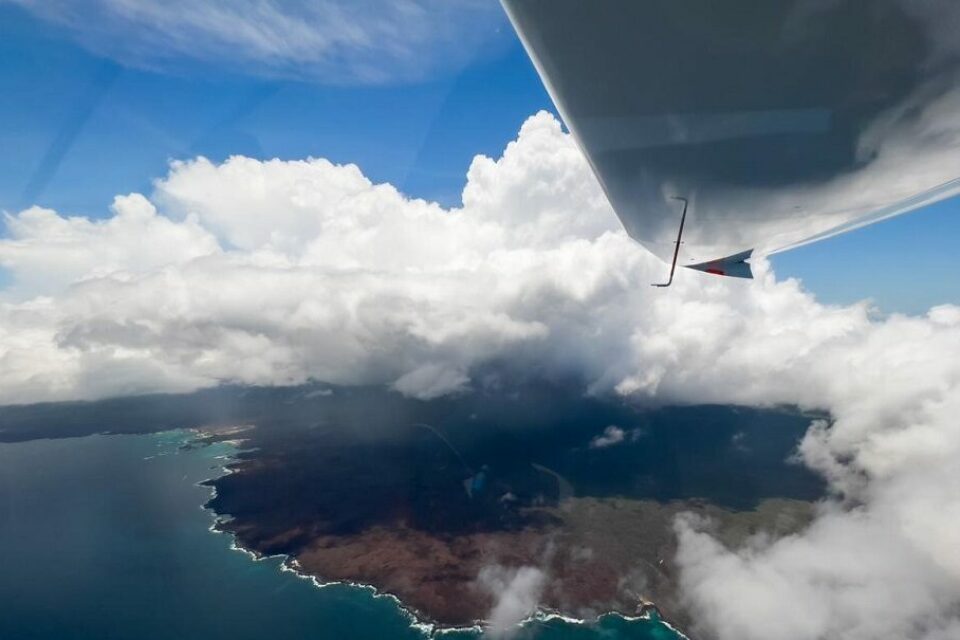
Tagging a new constellation of whale sharks
A first-hand account of the latest Galapagos Whale Shark Project expedition by Sofía Green.
One deep breath of air, the feeling of lungs expanding, a quick kick of the fins as I turned my body towards the deep blue of the ocean and down I went. As I immersed myself in the water and dived a few metres down, I turned to look and there she was. The first thing I saw was a large head covered in the most beautiful starry pattern I have seen; a stunning, large, female whale shark was appearing and moving directly towards me. I continued swimming down and diagonally towards her, making sure I would not block her path. We met mid-way as I slowly descended over her and waited for her dorsal fin to slide right beneath me. As she moved forward I opened the fin clamp holding the tag and softly slid it onto her fin. Once in the right position I let go and watched her gently swim ahead, tag in place. Success! I had just tagged the first whale shark ever to be tagged in the south of the Galapagos Islands!
For the past couple of decades, scientists and divers have been observing whale sharks that appear seasonally in the far northern region of Galapagos, specifically around Darwin and Wolf islands. For the past decade, the Galapagos Whale Shark Project alongside the Galapagos National Park, MigraMar Network, Galapagos Conservation Trust and other partner organisations have been studying whale sharks, categorised as Endangered on the IUCN Red List, to understand their life history and movement patterns in order to protect them. These studies have been carried out year after year at Darwin in the cold season between June and November, assumed to be the best time and place for assured whale shark sightings.
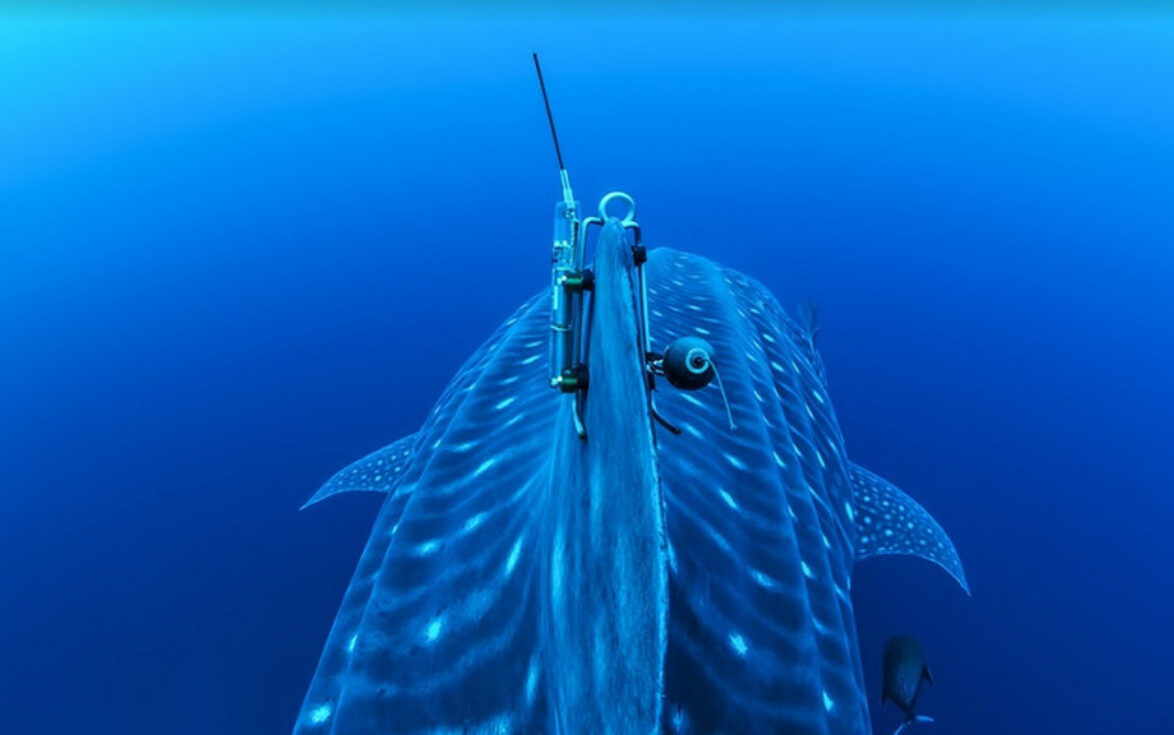
Even though these are still considered to be the main season and sighting location for whale sharks in Galapagos, over the past years we received information that suggests another important aggregation exists in the Islands. Dive guides, fishers and Park rangers would sporadically report encounters with whale sharks around the central and southern areas of Galapagos during the months of January to May, which is considered the warm season. For a few years now, our team had hoped to launch an investigation to see if these sightings were more than just sporadic, yet due to COVID-19 restrictions, lack of funding and other impediments, we had not managed until this year.
In March, an expedition was organised on board a repurposed fishing boat around the southern and central islands. However, since we did not know exactly where to find the whale sharks in this area, we needed special help: a bird’s-eye view of the area we were navigating through. Therefore, a new collaboration was proposed with ‘Ecuador Bajo Mis Alas’, who brought their ultra-light aircraft from mainland Ecuador to serve as a spotter plane. It worked wonders!
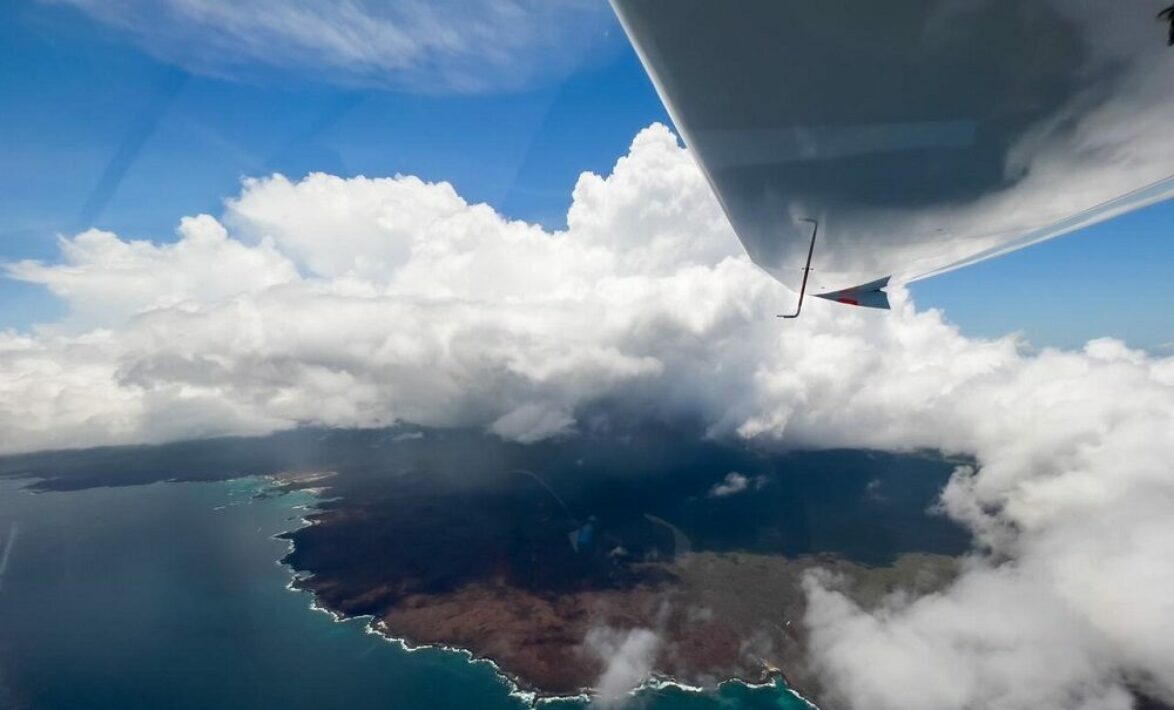

Whale shark
Rhincodon typus
The whale shark is the largest fish in the ocean and is a regular visitor to the Galapagos Marine Reserve.
During the expedition, we managed to tag five large female whale sharks, proving the expedition a resounding success. We are now getting the first ever data of sharks tagged in this area, which will help us complete another piece of the puzzle necessary for their protection. The questions we hope they may help us answer include: where are the whale sharks during the warm season? Are these the same whale sharks we see in the far northern region of the Archipelago during the cold season? Why do we (primarily) see adult female whale sharks passing though Galapagos?
Whilst whale sharks are well protected within the Galapagos Marine Reserve, they are still at risk from being caught as bycatch and boat collisions outside of it. In the midst of the Decade of the Ocean, with Ecuador and other countries hoping to protect 30% of their ocean by 2030, this research will help policy makers, government and NGOs to develop proper management strategies in order to help save this species currently in danger of extinction, and many other marine species that share the same ocean areas.
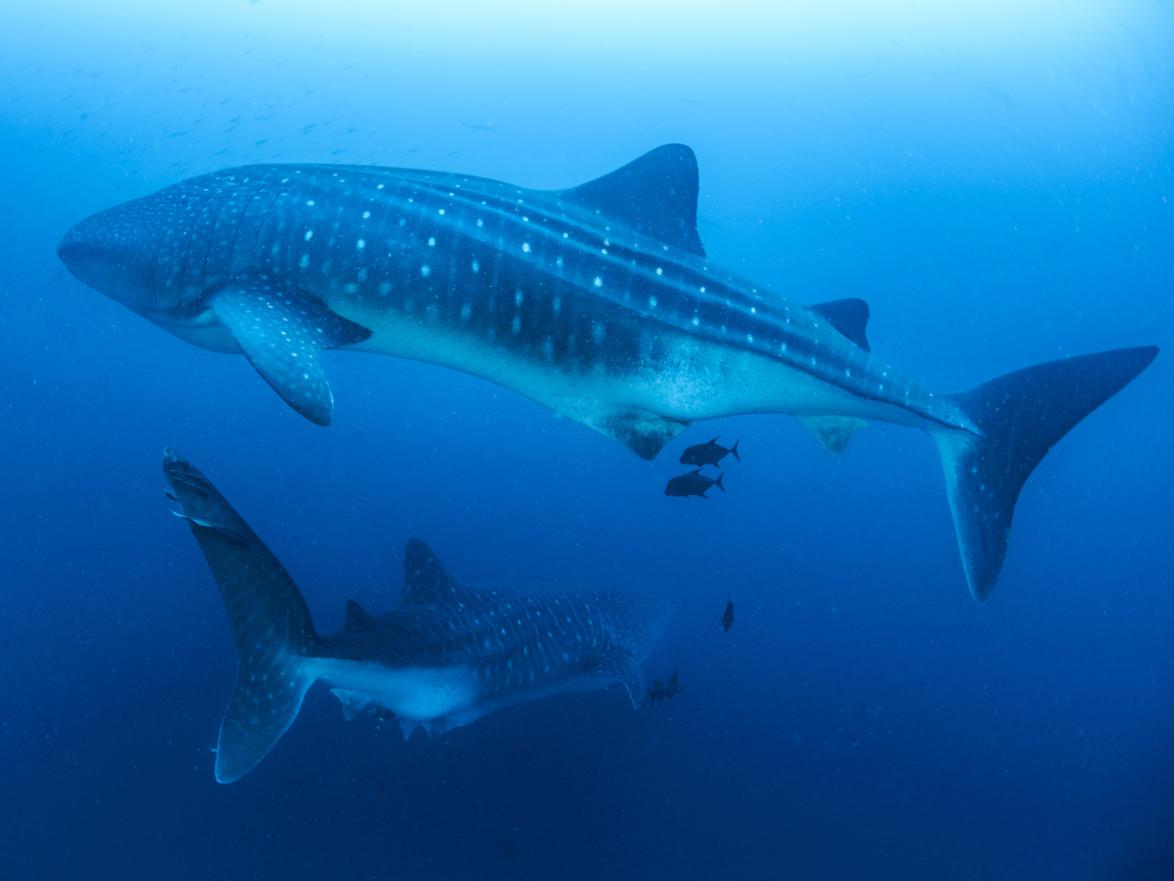
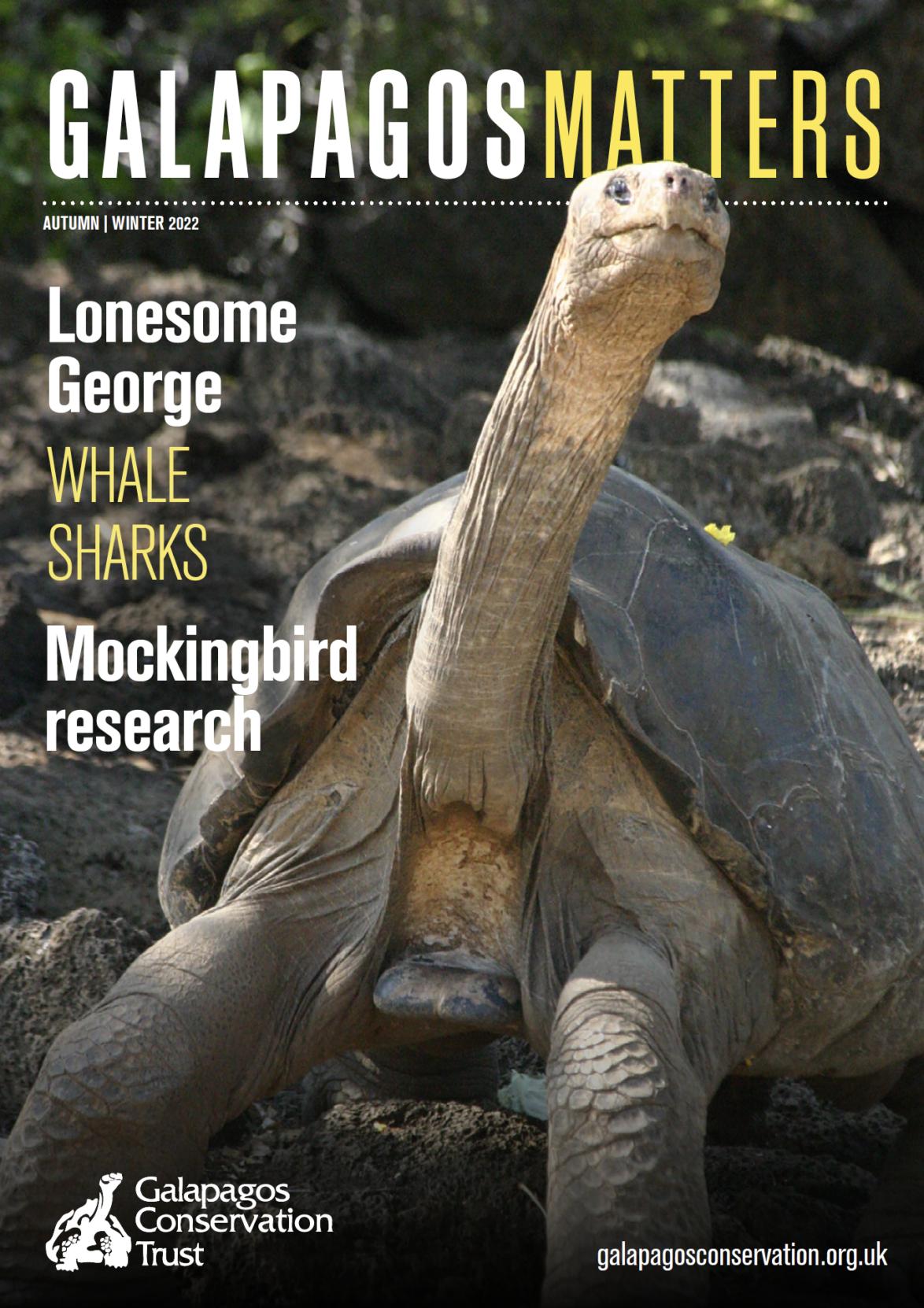
This article was originally featured in the Autumn/Winter 2022 issue of Galapagos Matters magazine.
How you can help
Help protect endangered species across the Archipelago with our whale shark adoption pack! It comes with a certificate and factfile on this majestic species, as well as a beautiful soft toy made of 100% recycled plastic.
Related articles
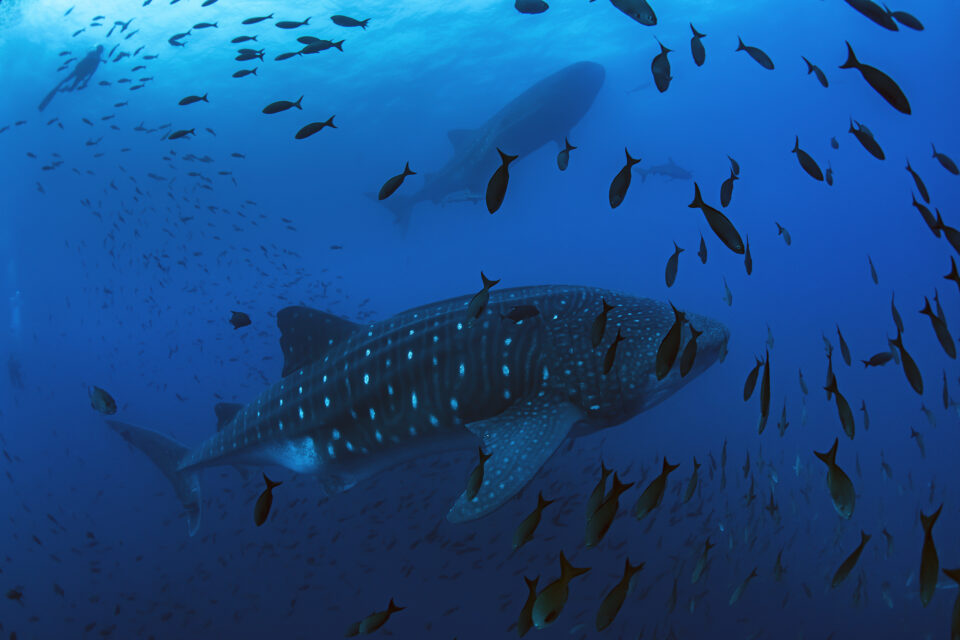
Ocean Protection Webinar 2023
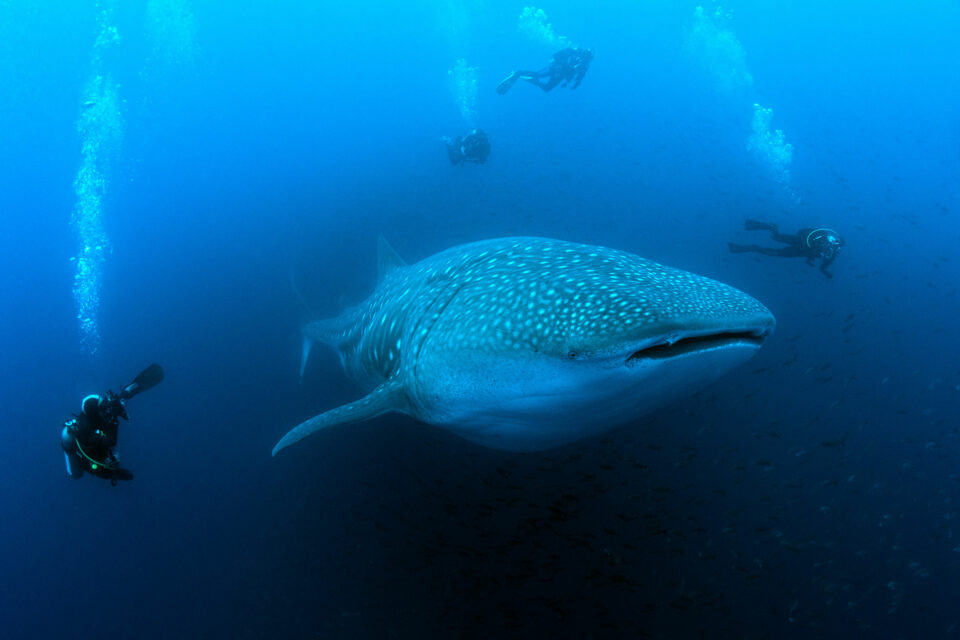
World Oceans Day 2022: Tagging Ocean Giants
